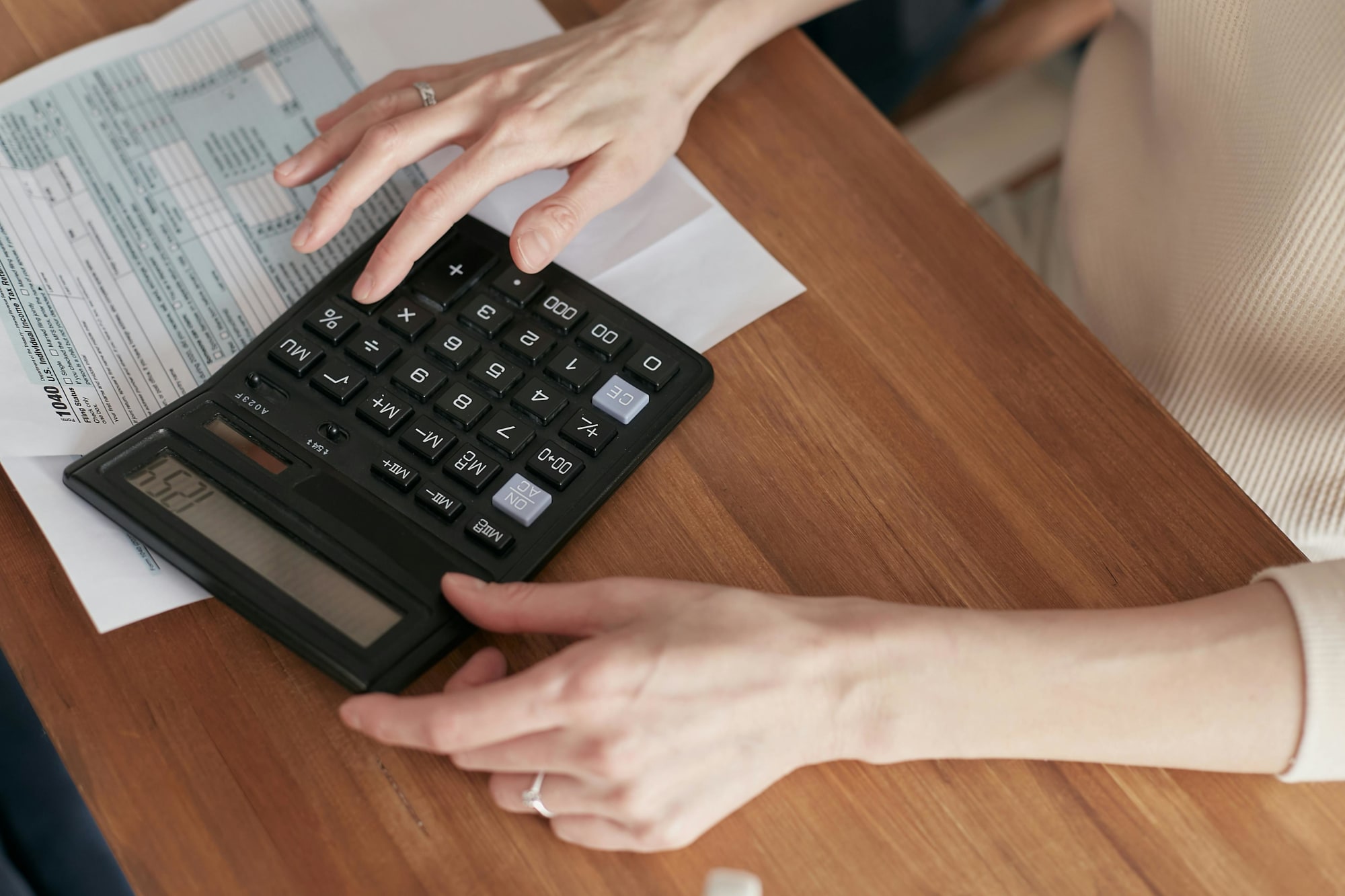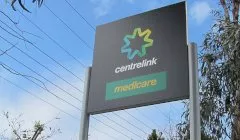Save
What are some common errors trustees make when claiming deductions for super contributions?
Save
What are some common errors trustees make when claiming deductions for super contributions?
There are two types of deductible contributions that are made to a superannuation fund. Those made by employers and those made by fund members for their own benefit.
What are some common errors trustees make when claiming deductions for super contributions?
There are two types of deductible contributions that are made to a superannuation fund. Those made by employers and those made by fund members for their own benefit.

One of the biggest errors made when making deductible superannuation contributions is to not have a contribution plan. The failure to plan can not only result in you failing to accumulate the wealth that you are entitled to under the legislation, but also in you incurring hefty income tax penalties.
One example of this is: if you are making a deductible self-funded superannuation contribution to a fund, the amount that you can claim as a deduction is generally limited to your assessable income after claiming all of your tax deductions.
So if you want to make the following non-concessional and deductible self-funded contributions in the next two years, you need to ensure that those contributions are made in a way that does not exceed the concessional and non-concessional superannuation contribution caps.
So you make the following contributions:

2015 Financial Year
Deductible contributions $30,000
Non-Concessional Contributions $180,000
2016 Financial Year
Deductible Contributions $30,000
Non-Concessional Contribution $540,000
What you haven’t considered in the 2015 year is that your assessable income for that year is only $10,000 for the year. This means that the maximum amount that you can claim as a deduction is now limited to $10,000.
So what happens to the other $20,000 that you have contributed as a concessional contribution? Because your assessable income is only $10,000, you are limited to making a concessional (deductible) contribution of $10,000. This means that the remaining $20,000 will be treated as a non-concessional contribution which, taken in conjunction with the $180,000 in non-concessional contributions already made for the year, means you now have non-concessional contributions of $200,000.
This has the effect of triggering the bring-forward rule for non-concessional contributions. This means that you are only able to make a non-concessional contribution in $340,000 in the 2016 year, when I had initially intended to contribution $540,000.
The non-concessional contribution caps allow you to make a non-concessional contribution of six times the concessional contribution cap in any one financial year, currently $180,000. Or alternatively, if you are under the age of 65 at any time during the financial year in which you use the non-concessional bring-forward rule, you can contribute no more than three times the non-concessional contribution cap over the following three financial years – currently a total of $540,000.
In addition to making sure that you have a robust contribution plan in place to build your wealth, you also need to make sure you are completing all your paperwork correctly.
If you are claiming a tax deduction for superannuation contributions that you personally make to superannuation fund, you need to ensure that you complete a Section 290-170 notice and provide it to the trustee of the fund within the permitted time frames. This notice informs the trustee of the fund that you are intending to claim a tax deduction for your contribution and puts the trustee on notice that income tax will need to be withheld from that contribution.
If that notice is not provided to the trustee on a timely basis, or you do things with regard to your benefit before providing the trustee with the notice, you may find that you are unable to claim a tax deduction for the contribution.
Some of the situations that may result in you losing your ability to claim a deduction for your personal superannuation contributions include:
• You commence a pension from the superannuation account to which you make the contribution, without first lodging the notice stating that you intend to claim a tax deduction.
• You roll your benefits out of the fund to which you made the contribution, before you lodged the Section 290-170 notice.
• You split a contribution with your spouse prior to lodging the notice.
• You make a lump sum withdrawal from the account to which you contributed without lodging the notice first.
It is not surprising that as fund members move to retirement, that decisions about whether to commence a pension or roll a benefit to another fund are made quickly. What you need to ensure is that you have completed all of the necessary paperwork first, or you may find that your contribution is at best only partially deductible.
Mark Wilkinson, director, Wilkinson Super

Tax saving
$20,000 instant asset write-off extension welcomed, but calls for broader support grow
The Australian government's decision to extend the $20,000 instant asset write-off into the next financial year has been met with approval from business leaders. However, there are growing calls for ...Read more

Tax saving
The downsizer dividend: How targeted tax levers could unlock housing supply in Australia
A call by Raine & Horne to incentivise seniors to move to smaller homes has kicked off a wider policy conversation that reaches well beyond real estate. If designed well, a targeted package could ...Read more

Tax saving
Raine & Horne's bold move could unlock housing supply but what are the hidden risks
Raine & Horne’s call for targeted tax incentives to encourage empty nesters to ‘rightsize’ isn’t just another sector wish list; it’s a potential lever to free up family homes, ease rental ...Read more

Tax saving
From annual check-ups to always‑on: how modern portfolio reviews unlock after‑tax alpha
The era of once‑a‑year portfolio check‑ins is over. Continuous, tech‑enabled reviews now drive returns through tax efficiency, risk control and behavioural discipline—especially in a high‑rate ...Read more

Tax saving
Navigating tax laws for capital gains in 2023
The landscape of Australian tax laws surrounding capital gains is ever-changing, with 2023 being no exception. Read more

Tax saving
What you need to know about the tax implications of crypto
One million Aussies are now invested in crypto, but many have not thought about how these investments will affect them at tax time. Read more

Tax saving
Welfare overhaul could give recipients a leg-up
Australia’s Centrelink recipients who’ve been doing it tough are in for a potentially easier time if the federal government pursues ambitious reforms that could provide sturdier safety nets. Read more

Tax saving
Students should think twice before tapping into their super
Former students might want to think carefully before they look to take advantage of the federal government’s biggest first home buyer incentive. Read more

Tax saving
$20,000 instant asset write-off extension welcomed, but calls for broader support grow
The Australian government's decision to extend the $20,000 instant asset write-off into the next financial year has been met with approval from business leaders. However, there are growing calls for ...Read more

Tax saving
The downsizer dividend: How targeted tax levers could unlock housing supply in Australia
A call by Raine & Horne to incentivise seniors to move to smaller homes has kicked off a wider policy conversation that reaches well beyond real estate. If designed well, a targeted package could ...Read more

Tax saving
Raine & Horne's bold move could unlock housing supply but what are the hidden risks
Raine & Horne’s call for targeted tax incentives to encourage empty nesters to ‘rightsize’ isn’t just another sector wish list; it’s a potential lever to free up family homes, ease rental ...Read more

Tax saving
From annual check-ups to always‑on: how modern portfolio reviews unlock after‑tax alpha
The era of once‑a‑year portfolio check‑ins is over. Continuous, tech‑enabled reviews now drive returns through tax efficiency, risk control and behavioural discipline—especially in a high‑rate ...Read more

Tax saving
Navigating tax laws for capital gains in 2023
The landscape of Australian tax laws surrounding capital gains is ever-changing, with 2023 being no exception. Read more

Tax saving
What you need to know about the tax implications of crypto
One million Aussies are now invested in crypto, but many have not thought about how these investments will affect them at tax time. Read more

Tax saving
Welfare overhaul could give recipients a leg-up
Australia’s Centrelink recipients who’ve been doing it tough are in for a potentially easier time if the federal government pursues ambitious reforms that could provide sturdier safety nets. Read more

Tax saving
Students should think twice before tapping into their super
Former students might want to think carefully before they look to take advantage of the federal government’s biggest first home buyer incentive. Read more













